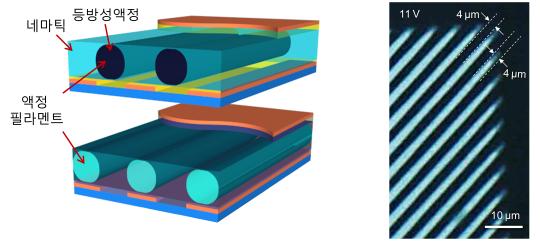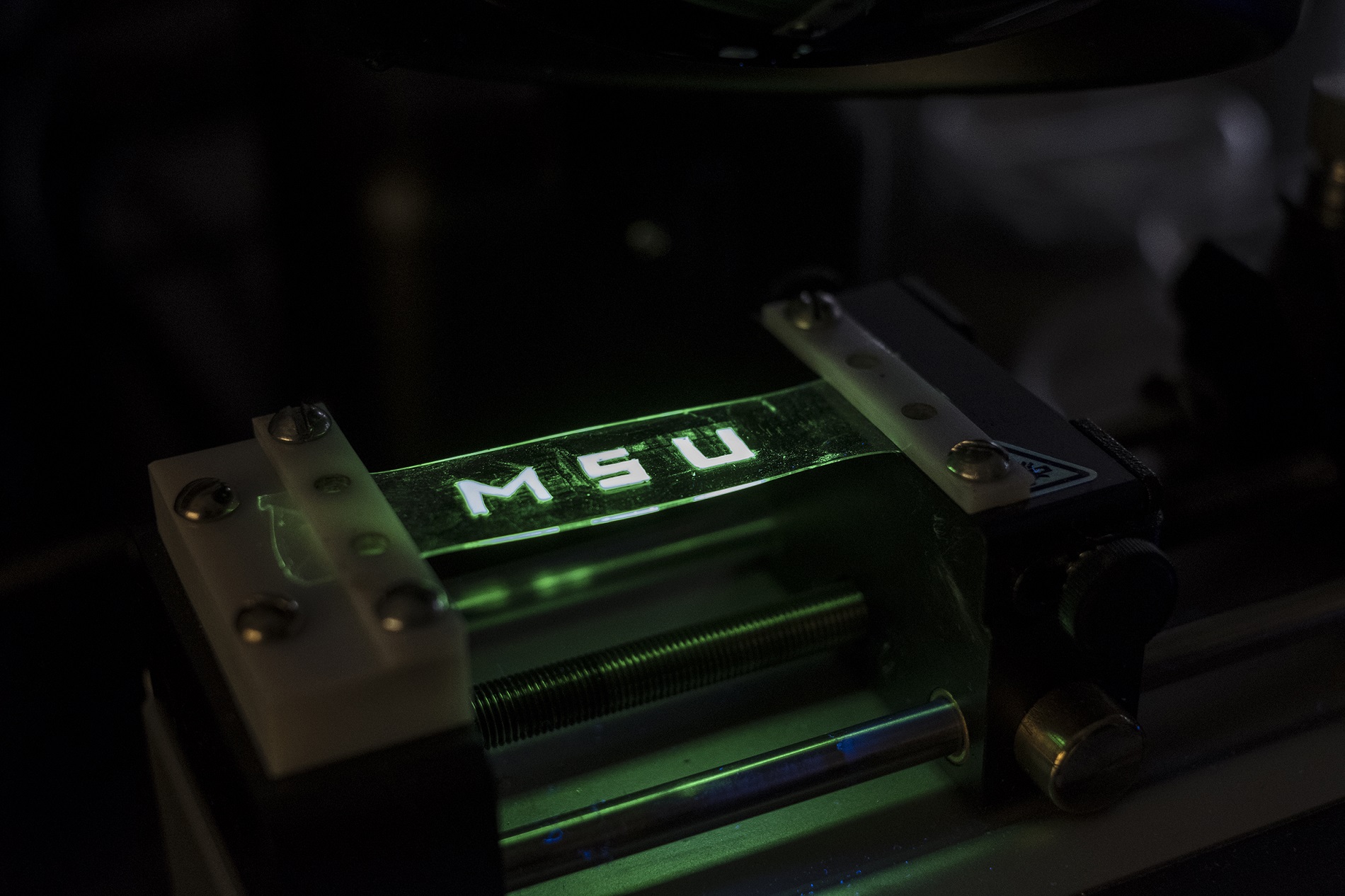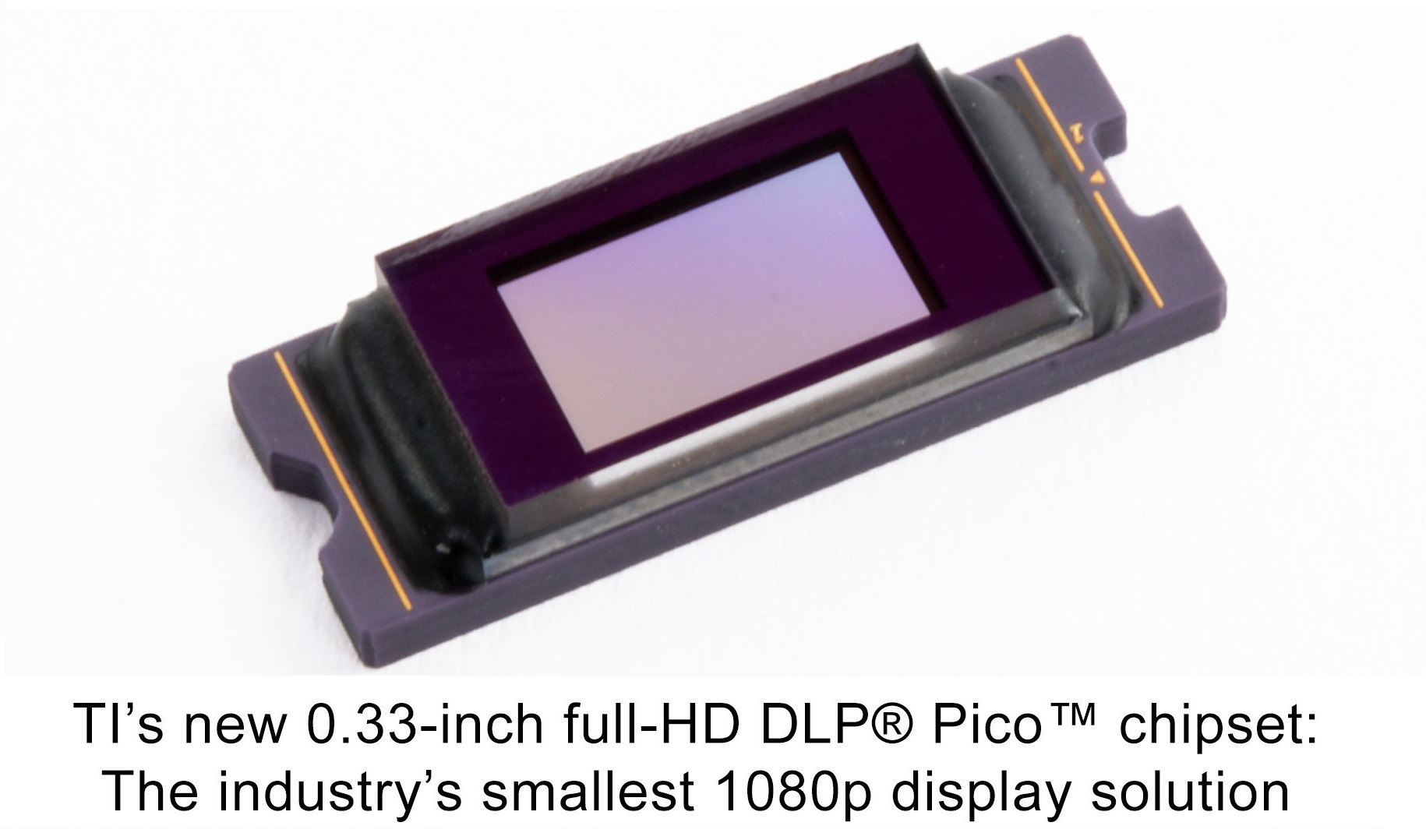2015.08.21
Korea researchers developed a new concept, minute liquid crystals technology that enables free manipulation of micrometer(㎛) size liquid crystal droplets. By using this technology you are able to fabricate various and elaborate structures of minute liquid crystals through low voltage electricity. which is expected to broaden its application to display, optic materials, functional polymer films and others.
On August 9. the team consisting of Sungkyunkwan University (SKKU) School of Electronic and Electrical Engineering Prof. Song, Jang Kun, Samsung Display researcher Kim, Sung-dong, SKKU masters program student Lee, Bo-mi and Chonbuk National University Prof. Kang, Shin-woong announced they have succeeded in developing a technology which, by creating a compound of two different states of liquid crystals and utilizing dielectrophoretic technology, can manipulates micrometer size liquid crystal droplets.
Liquid crystals which poses a fluidic characteristic, exists in a nematic state, one directional alinement, or an isotropic state, scattered alinement, based on its temperature. Such liquid crystals can co-exist together at a certain temperature, creating a compound liquid crystal with both nematic and isotropic states in one material.
By using dielectrophoresis on this compound, liquid crystals within a liquid crystal of a different state can have its shape transformed or its size changed, moved, separated and combined. To be able to move solids and other liquids by applying an electric field, dielectrophoretic treatment can transform or move differentiating liquids that do not mix and are floating in other liquids.
By utilizing this selective preference of liquid crystal panel surface you can enable an liquid crystal droplet from one state to float inside a liquid crystal of another, resulting in the reduction of resistance which enables it to operate the dielectrophoresis with only 1/10 of the electricity presently needed. The liquid droplet that is separated from the panels surface takes on no surface resistance, enabling it to show dielectrophoretic effects with only 10V of electricity.
The research team using this technology was able to create a 4 ㎛ by 200 ㎛ liquid crystal filament, proving that this is appliable not only in display or the field of optic materials, among other things, but into energy harvesting technology which transforms mechanical energy into electric energy as well. The research team also explained that this can be applied to 3D display functioning film and others, by creating a unique film composed of nematic and isotropic films.
Through the experienced researcher support program of the ministry of science, ICT & Future Planning and the National Research Foundation of Korea, the results of the research was published in the international journal ‘Nature Communications‘ online edition for August 5. (Nature Communications, 6:7936, 2015)
“Through this new attempt with electrical displacement electrophoretics, a method never yet seen before, and which shows the characteristics of freely manipulating minute liquids, it is possible to broaden its applications in display and optic materials in the future.” asserts Prof. Song.
Link to media report: http://www.dt.co.kr/contents.html?article_no=2015080702109976731002













